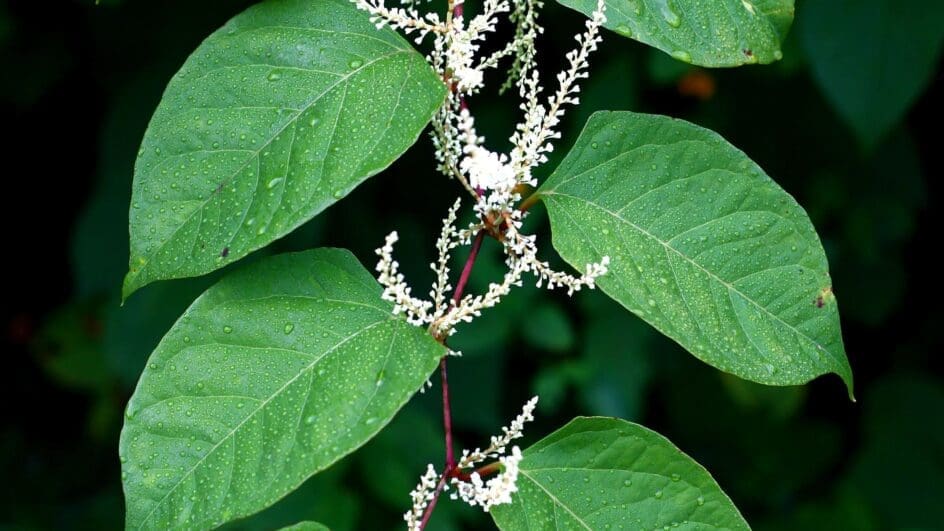
The Intergovernmental Platform on Biodiversity and Ecosystem Services (IPBES) report revealed invasive alien species play a key role in 60% of global plant and animal extinctions, and cost more than $400 billion a year, an amount which quadrupled every decade since 1970. With the increased movement of people and goods brought about by globalisation, environmental degradation and climate change, the number of invasive alien species and their impacts are projected to increase in the future.
The problem
The introduction of invasive non-native species is the second biggest threat to global biodiversity after habitat loss. Islands and freshwater habitats are particularly vulnerable, and bird species across the world have experienced severe impacts – invasive non-native species have been involved in the extinction of 68 out of the 135 bird species lost in the wild globally over the last 500 years. Invasive non-native species can cause problems for native wildlife in several ways:
- Predation – introducing new predators into an area can have devastating effects on the native wildlife and ecosystems as they have evolved in the absence of predators. Hence, native species are not able to adapt quickly enough as the invasive species is introduced.
- Competition for resources – introduced species can out-compete native wildlife for resources like food, breeding sites, space etc. Japanese knotweed forms a dense canopy which prevent native plants from growing. Thus changing the habitat structure and making it unsuitable for the other organisms that live there.
- Introducing new diseases – introducing new diseases can have serious consequences, as native species will not have developed immunity. Signal crayfish, an introduced species to the UK, is a carrier and host of the crayfish plague which kill our native crayfish.
- Hybridisation – some species are capable of breeding with another related but distinct species, creating hybrids. Just think of the hybrid-Spanish bluebells. Over time, the unique genetic diversity of one species can be lost and the species can become extinct.
- Economy- Invasive species can pose significant damage to economic interests such as agriculture, forestry and fisheries. The cost of dealing with invasive non-natives in Britain is estimated to be several billion pounds annually.
The IPBES report provides evidence, tools and options to help governments and stakeholders achieve ambitious new global goal on invasive alien species – Target 6 of the recently adopted Kunming-Montreal Global Biodiversity Framework, which aims to reduce the introduction and establishment of invasive alien species by at least 50% by 2030.
Unfortunately, the IPBES experts point to the generally insufficient measures in place to tackle these challenges. While 80% of countries have targets related to managing invasive alien species in their national biodiversity plans, only 17% have national laws or regulations specifically addressing these issues. On a positive note, the report highlights that for all contingencies there are management tools, governance options and targeted actions that work, such as prevention, eradication, containment and control.
A total of eighty eight invasive alien species exist in the EU, all are strictly regulated of which 47 are animal and 41 plant species. In Great Britain, over 2,000 plants and animals have been introduced from all over the world. Most of these non-native species are harmless, indeed the majority of our agricultural species (wheat, barley, sheep etc) are not native, but around 10-15% become invasive non-native species which spread and have a harmful impact.

